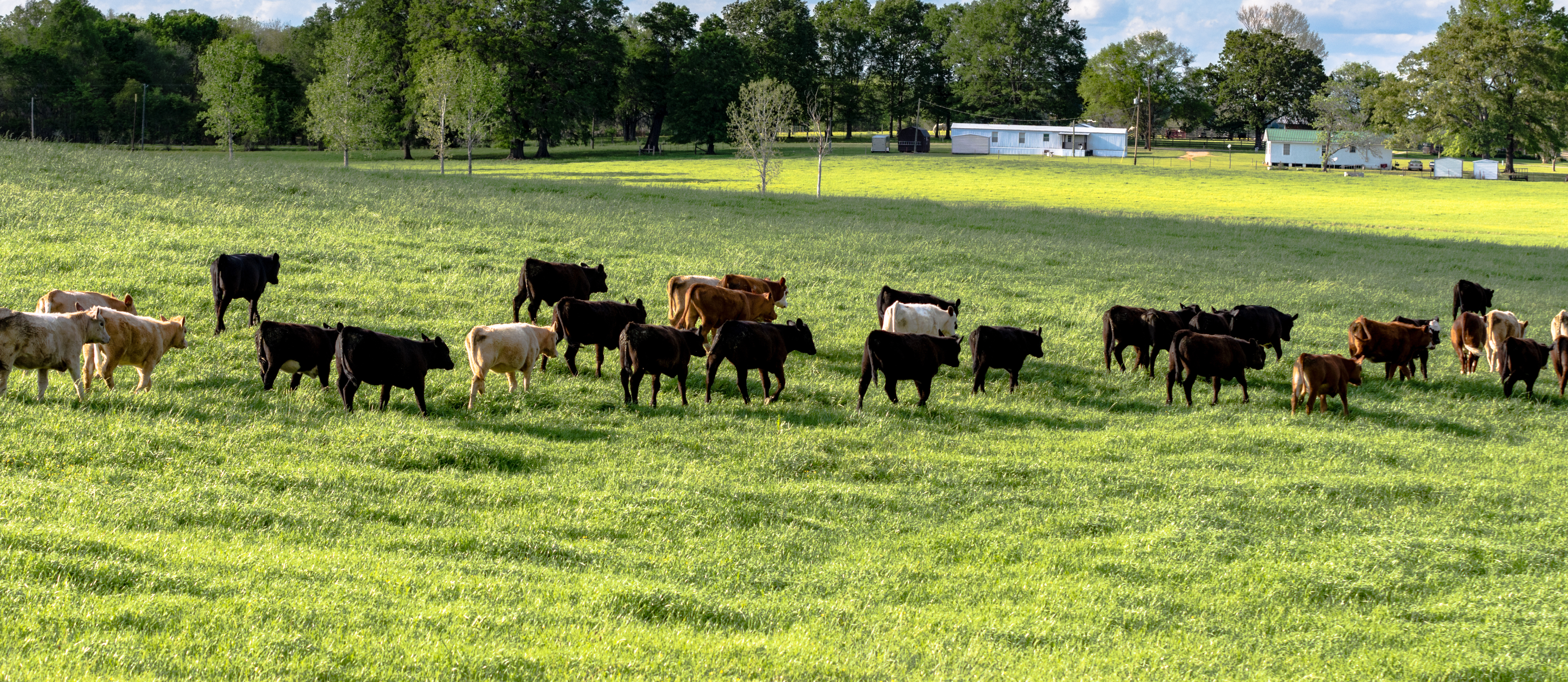Cattle Markets Continue to Chase Stability
Cattle Markets Continue to Chase Stability

From my perspective, the headline for the cattle market would have to be about the ramp-up of slaughter. At its lowest point this spring, federally inspected cattle slaughter was running 35% below 2019 levels. Last week, federally inspected cattle slaughter was within 2% of 2019 levels and within 4% of the weekly peak in late March of this year. This is exactly what the market needed to deal with the decreased supply of meat at the retail level and the backlog of cattle building up in feedyards.
However, fed cattle prices have decreased about $15 per cwt from their highs in May and I would point to three major factors driving that drop. First, fed cattle prices typically drop sharply in June as we move past the Memorial Day holiday. While nothing about this year has been “normal”, this seasonal tendency can’t be ignored. Secondly, weights have increased due to the backlog of cattle that we have had the work through. Weights usually decrease from spring to summer, but that has not been the case this year as cattle have generally been on feed longer. Finally, boxed beef prices have dropped sharply as slaughter has picked up. Last week, the choice boxed beef cutout was down 48% from its high in May and about 8% above last year. I didn’t expect fed cattle prices to drop as sharply as they did this summer, but it is definitely encouraging that the market is getting more current.
Figure 1 shows weekly state average prices for 850 lb M/L #1-2 steers and 550 lb M/L #1-2 steers since January. For the most part, Kentucky feeder cattle markets have been steadily improving since early May. Volatility has remained, and that is very evident on heavy feeder cattle prices over the last couple weeks. At the same time, the calf market has actually been surprisingly steady, with a 550 lb steer averaging in the $140’s since late April. COVID-19 took away the seasonal run up in calf prices, but calves have managed to hold their spring price levels.

The cull cow market has continued to gain steam and has increased by about $15 per cwt from its low in April. Average dress 80-85% boning cows posted their second highest weekly average price of the year for the week ending June 20th. Seasonally, cull cow prices make their peak in June, but are running more than a dime per lb above where they were this time last year. Ground beef is typically considered more of an at-home consumption product, but the gradual reopening of the foodservice sector does not appear to be hurting ground beef demand yet.

The cattle market does appear to be moving towards more stability, albeit at lower price levels that expected earlier this year. Seasonally, both heavy feeder and calf prices decrease as we move past summer, but I think the odds are pretty good that heavy feeder cattle prices will be resilient this fall. Stocker operators are likely to see average returns and may see very good returns depending on when they placed calves this spring. It’s much harder to predict calf prices to improve this fall as the seasonal headwinds are much stronger. I would expect prices similar to fall 2019, which likely means cow-calf operators will cover cash costs, but see very little return to land, capital, and management. This likely means that 2020 will be the second year of beef herd liquidation for this cattle cycle.
Author(s) Contact Information:
